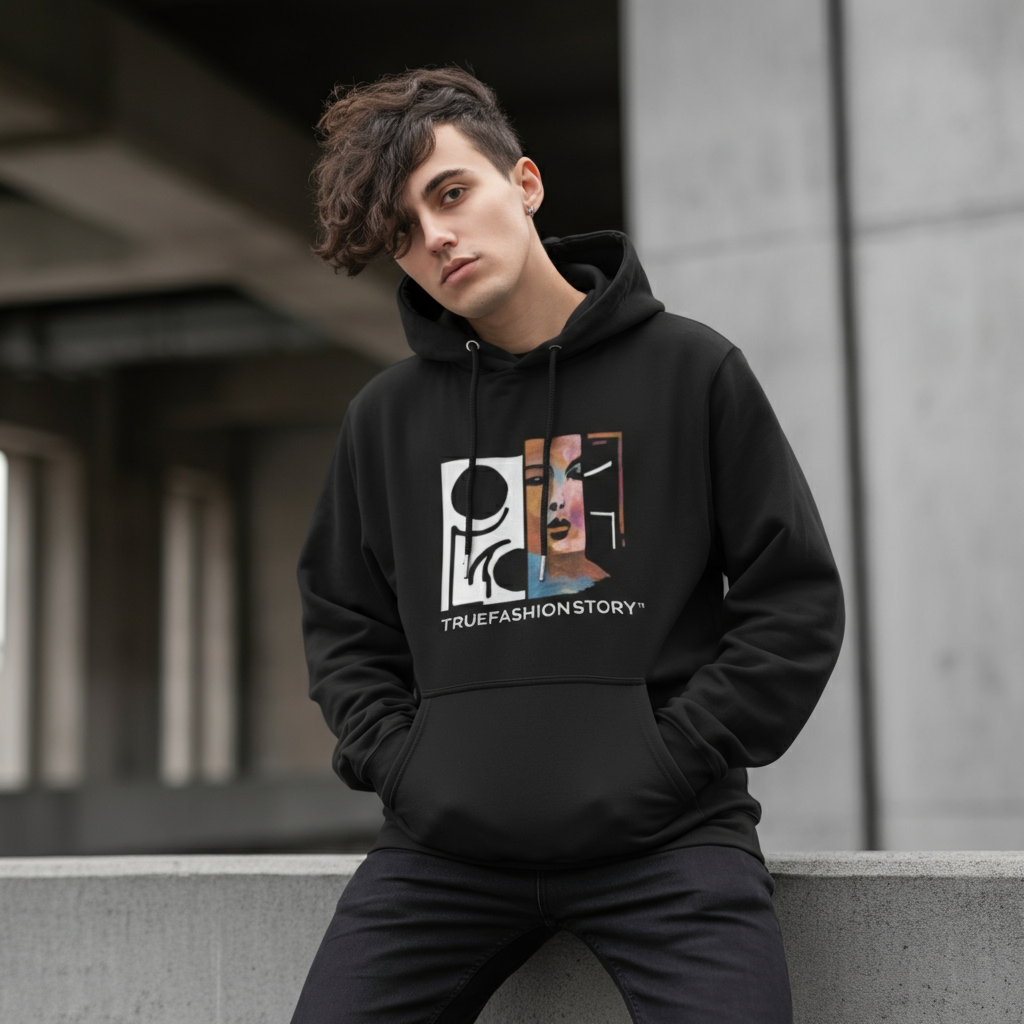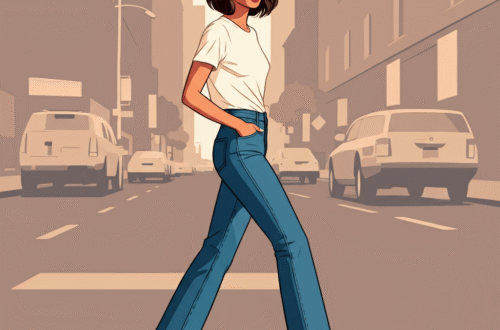The world of fashion often pulls inspiration from unexpected places. From historical events to pop culture moments, clothing can tell a story. One of the more controversial trends to emerge is the Pablo Escobar hoodie. This piece of clothing, featuring the face or name of the infamous Colombian drug lord, has sparked widespread debate. Why are people wearing it? What does it symbolize? And is it just a fashion statement, or something more?
This article dives into the complex world of the Pablo Escobar hoodie. We will explore its origins, the cultural impact of shows like Narcos, and the different perspectives surrounding this garment. We’ll look at the designs, the people who wear them, and the ethical questions they raise. Understanding this trend goes beyond just a piece of fabric; it’s a look into how media, history, and fashion collide.
Key Takeaways
- The popularity of the Pablo Escobar hoodie is heavily influenced by pop culture, especially the Netflix series Narcos.
- Wearing this hoodie is seen differently by various groups, ranging from a simple fashion choice to a deeply offensive gesture.
- The designs often feature iconic images of Escobar, quotes, or artistic interpretations related to his life.
- The trend highlights a broader conversation about separating a person’s image from their real-world actions.
- Ethical considerations are central to the debate, questioning whether it’s appropriate to commercialize the image of a figure responsible for immense suffering.
The Pop Culture Phenomenon Fueling the Trend
The recent surge in interest surrounding Pablo Escobar can be traced directly to popular media. Before shows and movies brought his story to a global audience, he was primarily a figure known in history books and news archives. Today, his image is a recognizable brand, and that transformation is largely thanks to Hollywood.
The Impact of “Narcos” on Fashion
The Netflix series Narcos, which premiered in 2015, was a game-changer. The show chronicled the rise and fall of Escobar, painting a detailed and often dramatized picture of his life. It was a massive international success, captivating millions of viewers. This exposure turned Escobar from a historical figure into a pop culture icon.
Suddenly, his likeness, style, and even his quotes became mainstream. The fashion world took notice. Designers and independent sellers on platforms like Etsy and Amazon began producing merchandise, with the Pablo Escobar hoodie becoming a standout item. The show created a new, younger audience that saw the character of Escobar as a compelling anti-hero, which in turn fueled demand for related apparel.
From Historical Figure to Style Icon
It’s a strange journey for a man like Escobar to become a style icon. His actual fashion sense—often simple button-down shirts and casual pants—was not particularly noteworthy. Instead, it is his image that has been adopted by fashion. The hoodie acts as a canvas for this image. It features his mugshot, artistic portraits, or the title card from Narcos. This trend is less about copying his personal style and more about broadcasting a connection to the powerful, rebellious character portrayed on screen. You can find more discussions on unique fashion trends over at the truefashionstory.com blog.
Decoding the Designs: What’s on a Pablo Escobar Hoodie?
The designs of Pablo Escobar hoodies vary, but they generally fall into a few distinct categories. Each style appeals to a slightly different audience and carries its own specific message, whether intentional or not.
Iconic Mugshot Apparel
Perhaps the most common design is the one featuring Escobar’s 1977 mugshot. In the photo, he has a slight, confident smirk. This image has become legendary, symbolizing a certain defiance against authority. When printed on a hoodie, it transforms a police photograph into a statement of rebellion. This design is popular among those who see the Escobar persona as a symbol of anti-establishment attitude.
“Plata o Plomo” and Other Quotes
Another popular design style focuses on his infamous quotes. “Plata o Plomo,” which translates to “silver or lead,” is a common one. This phrase summarizes his brutal method of offering a bribe or facing violence. On a hoodie, it’s a stark and aggressive statement. Other designs might feature different quotes or even a simple “Escobar” text in a stylized font. These text-based hoodies are a more subtle nod to the figure, but they carry the same heavy connotations.
Artistic and Stylized Portraits
Beyond the literal photos and quotes, many hoodies feature artistic interpretations of Escobar. These can range from screen-printed, pop-art style portraits to more abstract or stylized graphics. These designs often treat him like any other celebrity, similar to hoodies featuring artists like Tupac or historical figures like Che Guevara. This artistic approach can sometimes distance the image from the man’s violent history, reframing him purely as a pop culture subject.
Who Wears Pablo Escobar Hoodies and Why?
The reasons people choose to wear a Pablo Escobar hoodie are complex and varied. It’s not a simple case of supporting a criminal. For many, the motivations are tied to personal expression, media influence, and a disconnect from the historical reality.
A Statement of Rebellion?
For some, particularly younger individuals, the hoodie is a symbol of rebellion. Escobar’s story, as told through shows like Narcos, is one of a man who defied governments and built an empire on his own terms. In a filtered, dramatized context, this can appear appealingly anti-authoritarian. Wearing his image can be a way of projecting an edgy, non-conformist identity, without necessarily endorsing his violent acts. It taps into a long history of fashion using controversial figures to signal a rebellious spirit.
Ignorance or Intentional Disregard?
For others, wearing the hoodie may stem from a lack of deep understanding. They might see the Narcos character as a cool, fictional anti-hero and not fully grasp the real-world pain and suffering his cartel caused. To them, it’s no different than wearing a hoodie with a character from a movie like The Godfather. It’s about the story, not the history. In other cases, the wearer may be aware of the history but choose to disregard it, prioritizing the aesthetic or the statement over the ethical implications.
The Influence of Celebrity Culture
When celebrities are seen wearing controversial items, it can quickly normalize a trend. While not widespread, instances of musicians or influencers wearing Escobar-themed apparel have appeared on social media. This exposure can validate the trend for their followers, positioning the hoodie as a fashionable, edgy item rather than a controversial statement.
The Ethical Debate: Fashion Statement vs. Glorifying a Criminal
The central issue with the Pablo Escobar hoodie is the ethical one. Can a piece of clothing be just a piece of clothing when it features a man responsible for the deaths of thousands? This is where opinions sharply divide.
Arguments For: Free Expression and Pop Culture
Proponents of the trend often argue for freedom of expression. They believe that people should be able to wear what they want, and that a hoodie is simply a piece of pop culture memorabilia. They make the point that many popular movies and shows are about criminals, and merchandise is a natural extension of that. From this perspective, the hoodie is about the fictionalized character, not the historical man. They might draw parallels to merchandise for characters like Tony Soprano or Walter White.
Arguments Against: Insensitivity and Trauma
On the other side of the debate, opponents see the trend as deeply insensitive and offensive. For the people of Colombia, and particularly for the victims of the Medellin cartel, Escobar is not a cool anti-hero. He is a figure of immense trauma and pain. To them, seeing his face on a hoodie feels like a glorification of violence and a profound disrespect to the thousands of innocent people who lost their lives. They argue that profiting from his image trivializes a dark period of history. This perspective is crucial and often missing from the fashion conversation.
Comparing Perspectives: Fashion vs. History
To better understand the divide, it’s helpful to compare the different viewpoints directly.
|
Aspect |
The Fashion Perspective |
The Historical & Ethical Perspective |
|---|---|---|
|
Symbolism |
A symbol of rebellion, anti-heroism, and pop culture. |
A symbol of terrorism, violence, and immense suffering. |
|
The Figure |
The character from Narcos; a powerful, compelling protagonist. |
A real-life drug lord responsible for thousands of deaths. |
|
The Hoodie |
A trendy, edgy piece of apparel; a form of self-expression. |
A glorification of a criminal; insensitive to victims and their families. |
|
Justification |
Freedom of speech; it’s just pop culture merchandise. |
Commercializing a painful history is unethical and disrespectful. |
The Broader Context: When Outlaws Become Brands
The Pablo Escobar hoodie is not an isolated phenomenon. Throughout history, society has had a fascination with outlaws, rebels, and criminals. From pirates and Old West gunslingers to gangsters of the 20th century, these figures are often romanticized in stories and media.
This romanticization can lead to them becoming “brands.” Their names and images are used to sell everything from t-shirts to alcohol. Think of Al Capone, Billy the Kid, or Che Guevara. In each case, a complex and often violent historical figure is simplified into a marketable symbol. The Pablo Escobar hoodie fits perfectly into this long-standing cultural pattern. It highlights our tendency to be captivated by stories of power and rebellion, sometimes at the expense of historical truth and sensitivity. For more on how fashion trends take hold, check out the resources at truefashionstory.com.
Conclusion: More Than Just a Hoodie
The Pablo Escobar hoodie is much more than a simple piece of clothing. It’s a cultural artifact sitting at the intersection of fashion, media, and history. It represents the powerful influence of pop culture in shaping our perceptions and even our wardrobes. While for many it may be just an edgy fashion choice inspired by a popular TV show, for others it is a painful reminder of a traumatic past.
Understanding the controversy surrounding the hoodie requires looking beyond the fabric and the print. It means considering the real-world impact of the man depicted and acknowledging the pain his actions caused. As consumers, this trend challenges us to think more critically about the messages our clothing sends and the stories behind the images we choose to wear. Fashion can be a powerful form of expression, but it’s important to be aware of the full context.
Frequently Asked Questions (FAQ)
Q1: Why is the Pablo Escobar hoodie so popular?
Its popularity is largely driven by the Netflix series Narcos, which introduced Pablo Escobar’s story to a new generation and framed him as a compelling anti-hero. The hoodie is seen as a piece of pop culture merchandise related to the show.
Q2: Isn’t wearing a Pablo Escobar hoodie glorifying a criminal?
This is the core of the controversy. Many people, especially those from Colombia and victims of his cartel, argue that it does glorify a violent criminal and is deeply disrespectful. Others see it as a fashion statement or a symbol of rebellion, separating the pop culture image from the man’s real actions.
Q3: Where did the famous mugshot on the hoodies come from?
The widely used mugshot was taken in 1977 by the Colombian Administrative Department of Security after an arrest in Medellín. The confident smirk in the photo has contributed to its iconic status.
Q4: Is it illegal to sell or wear Pablo Escobar merchandise?
In most countries, it is not illegal to sell or wear merchandise featuring his image, as it falls under free expression. However, some platforms may have policies against items that glorify violence or crime.
Q5: What do Colombians think about this trend?
While opinions can vary, the general sentiment among many Colombians is negative. They see the trend as trivializing a dark and painful chapter of their country’s history and showing a lack of respect for the countless victims of his reign of terror.





